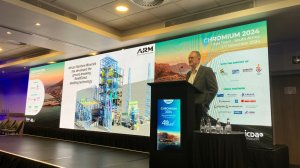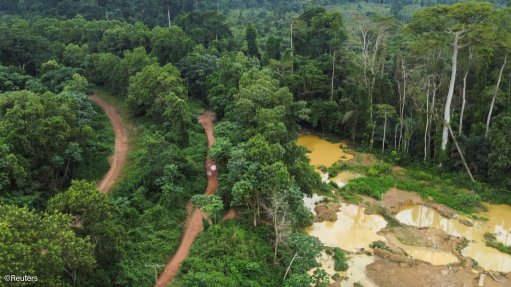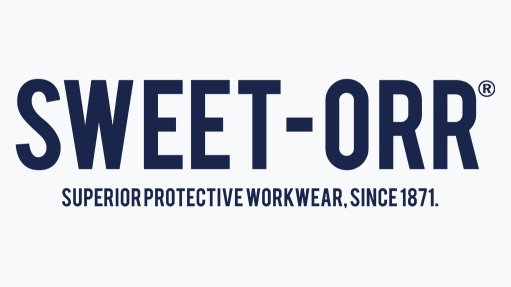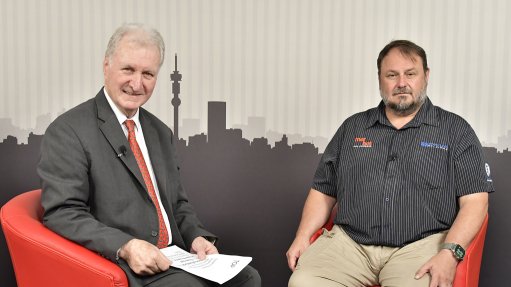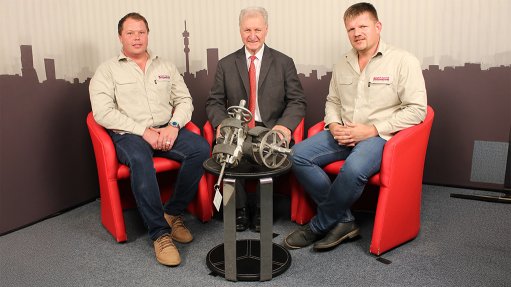SA’s ferroalloy industry has ‘entered the final stages of dying’, unless govt, industry step in, says ARM’s Bouwer
While Zimbabwe has taken steps to ban chrome-ore exports in favour of beneficiation, vast ore volumes are leaving South Africa without being beneficiated, says African Rainbow Minerals (ARM) technology executive Henk Bouwer.
“The South African ferroalloy industry has entered the final stages of dying,” he said as he addressed the Chromium 2024 conference in Cape Town this week.
“The once dominant South African ferrochrome and manganese alloy industry is at risk of vanishing, and the beneficiation of chrome and manganese ores in South Africa could stop.”
Bouwer noted that there was a perception that investing in beneficiation in South Africa was not feasible, owing to a number of challenges, including high energy costs and insufficient and unreliable electricity supply.
“So, no investments are planned for South Africa. Some ferrochrome smelters have already closed, and the remaining smelters are trying to survive through electricity price agreements.”
This was the state of industry, he added – while South Africa had 70% of the world’s chrome reserves.
The world churned out 39.66-million tons of chromite ore last year, with South Africa producing 25.85-million tons of this number, and exporting 17.88-million tons.
The remaining chromite ore was processed locally to produce 3.2-million tons of ferrochrome, with less than 100 000 t consumed in South Africa a year.
Ferrochrome is a ferroalloy which includes iron and chromium, and is used to produce stainless steel.
South Africa used to be a major global alloy supplier.
Bouwer was positive that the fortunes of South Africa’s ailing ferroalloy industry could be turned around by, for example, rolling out ARM’s new SmeltDirect smelting technology.
This new “groundbreaking technology” enabled conventional chrome smelters to produce three times more product using the same amount of electricity, he explained.
“Comparing it to conventional technology, it is 350% more efficient, and it requires 70% less electricity. It delivers 28% higher chrome recovery and produces 35% less carbon emissions.”
Bouwer noted that SmeltDirect had already been fully developed, with all the necessary feasibility studies completed.
The project to roll out the technology is awaiting funding, with joint ventures being explored.
Bouwer believed that South Africa could potentially produce green alloys with this technology, while also exporting ferrochrome and stainless steel to China, rather than ore.
“Producing the alloy in South Africa, rather than exporting ore, will create a substantial number of jobs, while it will also help to alleviate the major logistics issues created in exporting vast amounts of ore, especially by road.”
SmeltDirect is also, for example, able to unlock the potential of South Africa’s vast carbonate manganese ore resources, which are considered less desirable when taking into account conventional smelting technology.
Bouwer said South Africa would be forced to mine these ores as high-grade ores became depleted.
“One-hundred per cent of these carbonate ores can be smelted efficiently with SmeltDirect, which is not possible with conventional technology.”
SmeltDirect could also unlock low-value and currently unsellable manganese and iron-ores.
It is also possible to convert mothballed and conventional smelters to implement SmeltDirect.
“The South African government and industry need to urgently find a sustainable solution to save South Africa’s ferroalloy beneficiation industry and to enable it to reach its potential,” said Bouwer.
“The big question is if we will see beneficiation through alloy production die, or if we will take action to realise our potential.”
Article Enquiry
Email Article
Save Article
Feedback
To advertise email advertising@creamermedia.co.za or click here
Press Office
Announcements
What's On
Subscribe to improve your user experience...
Option 1 (equivalent of R125 a month):
Receive a weekly copy of Creamer Media's Engineering News & Mining Weekly magazine
(print copy for those in South Africa and e-magazine for those outside of South Africa)
Receive daily email newsletters
Access to full search results
Access archive of magazine back copies
Access to Projects in Progress
Access to ONE Research Report of your choice in PDF format
Option 2 (equivalent of R375 a month):
All benefits from Option 1
PLUS
Access to Creamer Media's Research Channel Africa for ALL Research Reports, in PDF format, on various industrial and mining sectors
including Electricity; Water; Energy Transition; Hydrogen; Roads, Rail and Ports; Coal; Gold; Platinum; Battery Metals; etc.
Already a subscriber?
Forgotten your password?
Receive weekly copy of Creamer Media's Engineering News & Mining Weekly magazine (print copy for those in South Africa and e-magazine for those outside of South Africa)
➕
Recieve daily email newsletters
➕
Access to full search results
➕
Access archive of magazine back copies
➕
Access to Projects in Progress
➕
Access to ONE Research Report of your choice in PDF format
RESEARCH CHANNEL AFRICA
R4500 (equivalent of R375 a month)
SUBSCRIBEAll benefits from Option 1
➕
Access to Creamer Media's Research Channel Africa for ALL Research Reports on various industrial and mining sectors, in PDF format, including on:
Electricity
➕
Water
➕
Energy Transition
➕
Hydrogen
➕
Roads, Rail and Ports
➕
Coal
➕
Gold
➕
Platinum
➕
Battery Metals
➕
etc.
Receive all benefits from Option 1 or Option 2 delivered to numerous people at your company
➕
Multiple User names and Passwords for simultaneous log-ins
➕
Intranet integration access to all in your organisation




